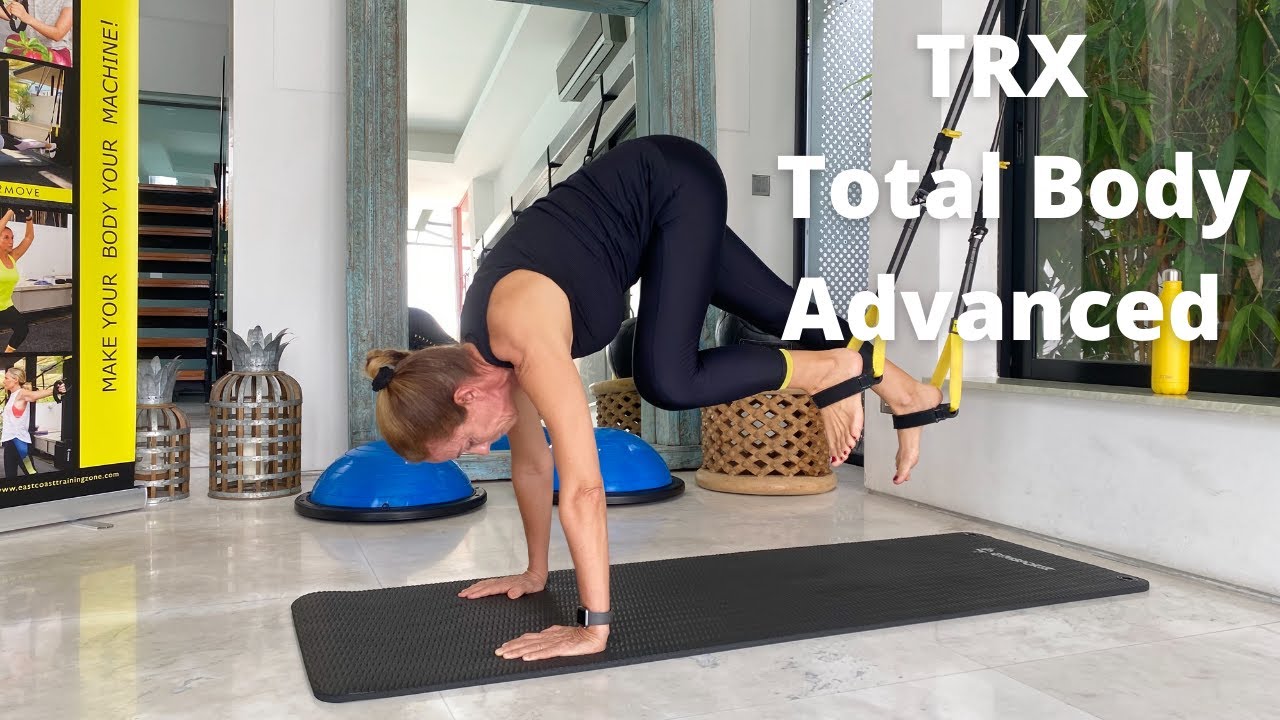Indoor climbing continues to gain popularity with sport and fitness enthusiasts. Some climb because they find the mind/body challenge therapeutic, some because it is good cross training for other athletic activities, while others do it just for fun. And then there are those for whom the sport is a "lifestyle." Ben Weaver falls into this category.
Weaver, 30, is the climbing wall manager and head of route setting at Brooklyn Boulders in Brooklyn, New York, the gym of choice for many top climbers in the area. A TRX enthusiast since 2008, Weaver knows firsthand the unique benefits the TRX offers to climbers, which is why he insisted the facility install a TRX when it opened last year.
“When you’re climbing, either outdoors or in, the focus is always climbing,” says Weaver. “You want your cross training to be efficient and effective so you can maximize your time pulling rocks. Having a cross training system like TRX that’s fun, fast and direct really increases the likelihood that you’ll make space in your schedule to do the balancing work you need to do to protect yourself from injury.”
And injuries are abundant in the sport: research shows overuse syndromes account for over 80% of injuries at indoor climbing facilities. Often, these injuries can be debilitating and slow to heal. In order to balance the specific muscle and tendon groups targeted by climbing (the “pull” muscles), it’s incumbent on climbers to spend some time working the upper body and core. Weaver and the climbers at Brooklyn Boulders use the TRX to warm up before every climb, moving through chest and oblique stretches and a full array of arm exercises for shoulders and elbows, biceps and triceps (see below).
“Since I started using the TRX, my whole body is far more toned and integrated than when I used to work out at a standard city gym," says Weaver. "I also climb harder and have eased repeated stress injuries that were impeding my ability to push my climbing limits.”
Weaver's fellow climbers have been so impressed with the results of their regular TRX training, they recently added two more systems at Brooklyn Boulders. “The TRX is so fun and futz-free," says Weaver, "no weight plates, benches, machines, low space requirements. Plus, we can take the TRX with us on climbing trips and use it wherever in the wild we happen to be.”
When a new climber joins the gym and first approaches the TRX, Weaver has a few words of advice, “Start slow. Don’t try to be Randy or Fraser on the first workout; you’ll pay the price in screaming quads and hams. When you can, take a class with a TRX trainer. It will really open up your imagination in terms of ways you can exercise on a TRX.”
Below, check out Weaver's typical pre-climb routine, designed to warm up all the upper body joints as well as your core and hip flexors. Want to find the perfect climbing-specific warm-up for your level? Take our quick assessment quiz to get personalized recommendations that match your climbing goals.
TAKE OUR TRAINING QUIZ
Climbing Warm Up
TRX Chest Stretch (with Rotation)*
TRX Atomic Push-up
TRX High Row
TRX T Deltoid Fly
TRX Atomic Push-up
TRX Biceps Curl
TRX Elevated Row
TRX Lunge (Alternate Legs)
TRX Atomic Push-up
* Perform each exercise for 30 seconds.



